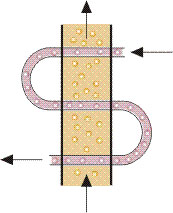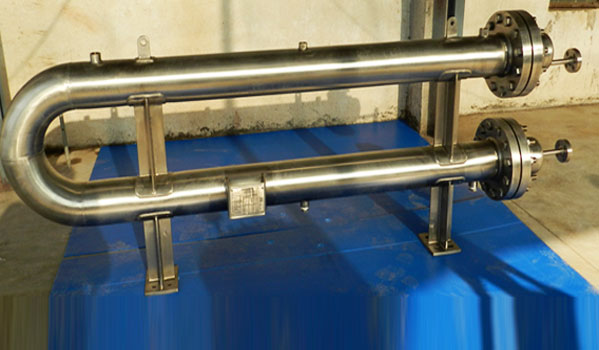
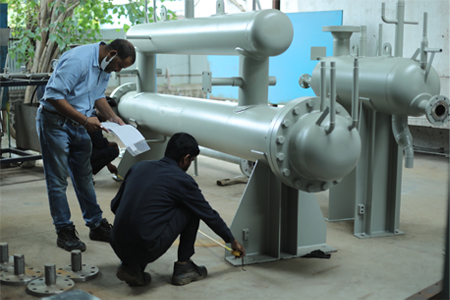
In order to discuss heat exchangers it is necessary to provide some form of categorization. There are two approaches that are normally taken. The first considers the flow configuration within the heat exchanger, while the second is based on the classification of equipment type primarily by construction. Both are considered here.
We manufacture almost all TEMA type Shell & Tube Heat Exchangers.
Classification of Heat Exchangers by Flow Configuration
Counter Flow
Cocurrent Flow
Crossflow
Hybrids such as Cross Counterflow and Multi Pass Flow
An idealized counter flow exchanger in which the two fluids flow parallel to each other but in opposite directions. This type of flow arrangement allows the largest change in temperature of both fluids and is therefore most efficient (where efficiency is the amount of actual heat transferred compared with the theoretical maximum amount of heat that can be transferred).

In counter current flow heat exchangers, the streams flow parallel to each other and in the same direction as shown in Figure, This is less efficient than counter current flow but does provide more uniform wall temperatures.
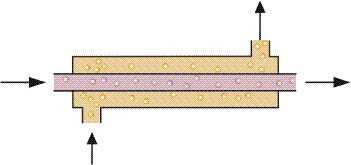
Cross flow heat exchangers are intermediate in efficiency between counter current flow and parallel flow exchangers. In these units, the streams flow at right angles to each other as shown in Figure.
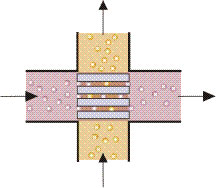
In industrial heat exchangers, hybrids of the above flow types are often found. Examples of these are combined crossflow/counterflow heat exchangers and multi pass flow heat exchangers.Shell & Tube Heat Exchangers are most commonly used in almost all industries like- Refineries, Chemical plants, Fertilizer plants, Oil & Gas and Shipping. Typical use of Heat Exchanger is to cool or heat the fluids or gases.
